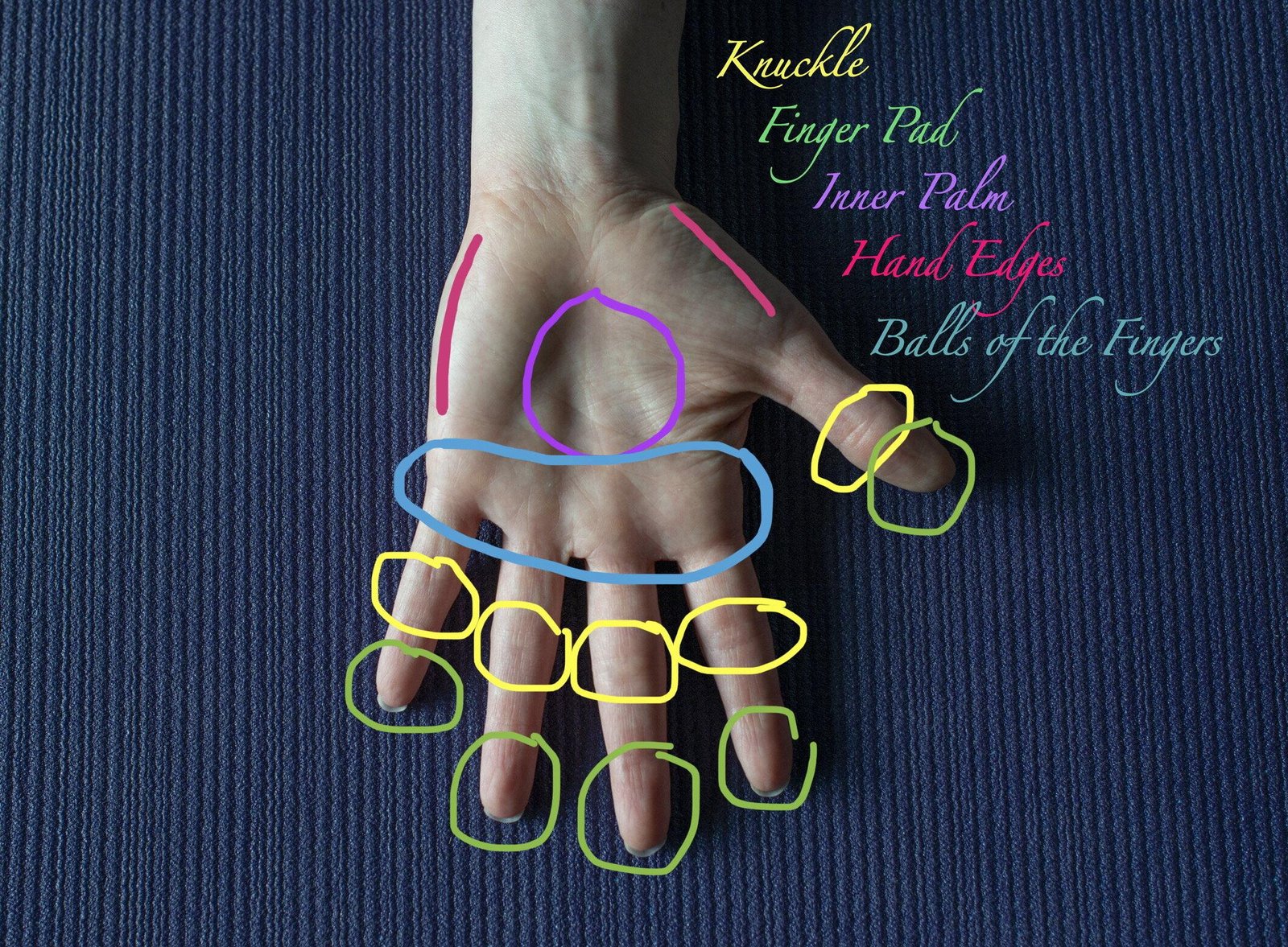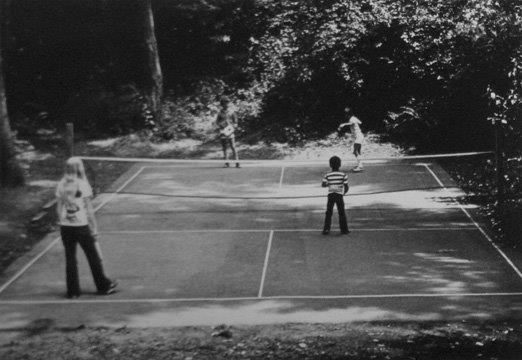Blog
how to hold a pickleball paddle

Mastering the Grip: A Guide to Holding Your Pickleball Paddle
In the vibrant world of pickleball, where agility meets strategy on the court, the way you hold your paddle can significantly influence your game. Whether you’re a seasoned player looking to refine your technique or a curious beginner eager to join in on the fun, understanding the nuances of paddle grip is fundamental. A proper grip not only enhances your control and power but also provides the confidence needed to tackle every exhilarating rally. In this article, we will explore the essential techniques for holding a pickleball paddle, empowering you to elevate your performance and enjoy every moment of this dynamic sport. Let’s dive in and discover the art of grip that can turn novice players into pickleball aficionados.
Understanding the Basics of Paddle Grip in Pickleball
When it comes to wielding a pickleball paddle, the grip is not just a matter of comfort; it significantly influences your performance on the court. There are primarily three types of grips that players commonly use: the Eastern grip, the Western grip, and the Continental grip. Each grip allows for different angles of attack and shot types. To help you understand these grips better, here’s a brief overview:
- Eastern Grip: Offers versatility for both forehand and backhand shots. Hold the paddle as if shaking hands with it.
- Western Grip: Ideal for powerful topspin shots, this grip involves turning the paddle more vertically.
- Continental Grip: This grip is great for serves and volleys, providing a balance of power and control.
Using the right grip can make a substantial difference in your gameplay. Practicing with each type allows players to discover personal preferences while enhancing control. Consider these factors when choosing your grip:
| Grip Type | Best For | Characteristics |
|---|---|---|
| Eastern Grip | Versatile Shots | Good balance of power and spin. |
| Western Grip | Topspin Shots | Emphasizes topspin, less suitable for flat shots. |
| Continental Grip | Serves and Volleys | Provides quick adaptation to various shot types. |

Exploring Different Grip Styles for Enhanced Performance
Understanding the various grip styles for your pickleball paddle can significantly enhance your performance on the court. Each grip offers unique advantages, influencing control, power, and shot placement. Here are some popular grips that players often utilize:
- Eastern Grip: This grip is versatile and ideal for beginners. It allows for quick adjustments and is effective for forehands and backhands.
- Western Grip: Well-suited for generating topspin, this grip angles the paddle face downward, promoting power and spin.
- Continental Grip: Favored by advanced players, it facilitates quick transitions from different shots, making it perfect for volleys and serves.
Choosing the right grip also depends on your playing style and comfort. Consider experimenting with different holds to find what feels most natural. Below is a simple comparison of the three grip styles:
| Grip Style | Best For | Player Level |
|---|---|---|
| Eastern Grip | Versatility and control | Beginner to Intermediate |
| Western Grip | Topspin and power | Intermediate to Advanced |
| Continental Grip | Quick transitions | Advanced |

Mastering the Hand Placement: Techniques for Optimal Control
Achieving optimal control of your pickleball paddle begins with the careful placement of your hands. Start by positioning your dominant hand on the handle, ensuring your grip is firm yet relaxed. Using the “Eastern Grip” is effective for versatility, where the base knuckle of your index finger aligns with the paddle’s third bevel. This grip not only provides stability but also enhances your ability to execute a variety of strokes, from powerful serves to delicate drops. Slight adjustments can be made depending on your style, ensuring a snug fit to prevent the paddle from slipping during play.
Your non-dominant hand plays a crucial supporting role in maintaining balance and control. Utilize the non-dominant hand to stabilize your paddle during preparation for shots or when transitioning between shots. Keep this hand lightly grasping the throat of the paddle or hovering close to it, which helps coordinate fluid movements. To further refine your grip and hand positioning, consider practicing specific drills aimed at improving grip strength and flexibility. Here are some tips for perfecting your technique:
- Practice switching grips between forehand and backhand strokes.
- Develop hand-eye coordination through targeted drills.
- Engage in shadow swings to focus on footwork and body positioning.

Adjusting Grip Pressure and Its Impact on Your Game
Perfecting your grip on the pickleball paddle can significantly enhance your gameplay. Maintaining the right amount of grip pressure is key to achieving optimal control and power in your shots. Here are a few important points to consider regarding grip pressure:
- Light Grip: A lighter grip allows for quicker wrist movement and improved reaction times, particularly beneficial for volleys and quick exchanges at the net.
- Firm Grip: Increased grip pressure helps in stabilizing the paddle for powerful overhead shots and serves, providing a solid base that translates power effectively.
- Dynamic Adjustment: The ability to adjust grip pressure in different situations can be a game-changer. For instance, a softer grip may be ideal when executing a gentle drop shot, while a firmer grip is necessary for executing a forceful smash.
While practicing, focus on how grip pressure impacts the trajectory and spin of your shots. Developing a keen awareness of your grip’s tension can help in delivering more consistent performance on the court. Consider keeping a journal to track your experiences with varying grip pressures, or even create a simple table to summarize your findings:
| Shot Type | Recommended Grip Pressure | Effect on Shot |
|---|---|---|
| Volley | Light | Quick reactions, better finesse |
| Serve | Firm | Powerful impact, strong trajectory |
| Drop Shot | Very Light | Controlled touch, delicate placement |
| Smash | Firm | Maximum power, aggressive angle |
Q&A
Q: What is the most important aspect of holding a pickleball paddle?
A: The most important aspect is to maintain a comfortable and secure grip. Whether you’re a beginner or an experienced player, finding a grip that feels natural to you will enhance your control over the paddle and improve your game.
Q: Can you describe the different types of grips for holding a pickleball paddle?
A: Absolutely! The two most common grips are the “Eastern” grip and the “Continental” grip. The Eastern grip involves placing the base knuckle of your index finger on the third bevel of the paddle handle, promoting versatility for both forehand and backhand shots. The Continental grip, on the other hand, aligns the base knuckle with the second bevel, offering a more neutral hand position, great for quick transitions between strokes.
Q: How tightly should I grip the paddle?
A: You should grip the paddle firmly enough to maintain control but not so tightly that your muscles tense up. A relaxed grip allows for better wrist action and more fluid strokes. Think of it as holding a tube of toothpaste: firm but not so tight that you squeeze out the entire tube!
Q: What about wrist flexibility? Is it important?
A: Yes! Wrist flexibility is crucial in pickleball as it allows for a variety of shots, including spins and touch shots. Keep your wrist relaxed while holding the paddle, allowing it to move freely. Practicing wrist exercises can also improve your range of motion and overall paddle control.
Q: Is it necessary to use both hands when holding a pickleball paddle?
A: For most players, a one-handed grip is the norm, especially for forehand and backhand shots. However, many players will use two hands on the paddle for added stability during certain strokes, like volleys or when approaching the net. Experiment with both styles to see what works best for you!
Q: How can I ensure I have the right paddle grip size?
A: The grip size is often determined by the circumference of the paddle’s handle. To find your ideal grip size, measure the distance from the tip of your ring finger to the second line on your palm (where your fingers meet your palm). The right grip size allows you to hold the paddle comfortably without straining your fingers while playing.
Q: Do you have any tips for maintaining a proper grip during play?
A: Definitely! Always be mindful of your grip as you play. Pay attention to your hand positioning, and adjust if you find your grip slipping or feeling uncomfortable. Regular practice will help you develop muscle memory, making it easier to maintain your grip under pressure. Lastly, don’t hesitate to refocus your grip during longer rallies to ensure it stays strong and secure.
Q: Any final thoughts on holding a pickleball paddle?
A: Embrace the unique feel of the paddle in your hand, and remember that every player has their own style. Find what works best for you, practice consistently, and don’t be afraid to experiment with different grips. With time and experience, your confidence and skill in holding the paddle will naturally evolve, enhancing your overall gameplay!
Future Outlook
As you navigate the vibrant court of pickleball, remember that holding your paddle correctly is not just about grip—it’s about unleashing your potential in the game. With a proper grip, you equip yourself with the tools to achieve precision and power in each swing. Whether you’re a seasoned player or just stepping onto the court for the first time, mastering this fundamental technique can elevate your gameplay and enhance your enjoyment of the sport. So, take these tips with you, practice with purpose, and let your newfound skills transform the way you play. The next time you step onto the pickleball court, your paddle will not only be an extension of your arm but a key to unlocking the thrilling experience of the game. Happy playing!












